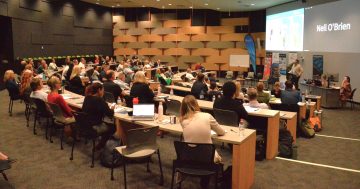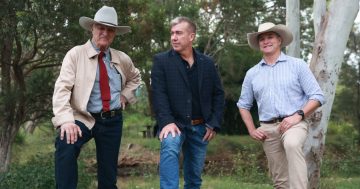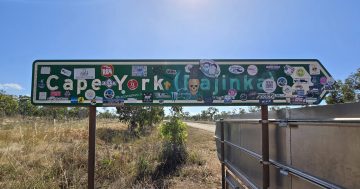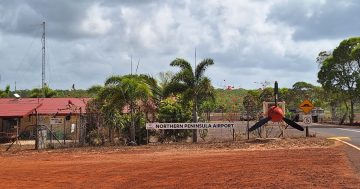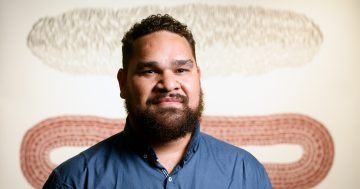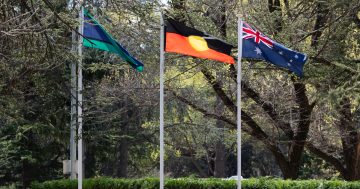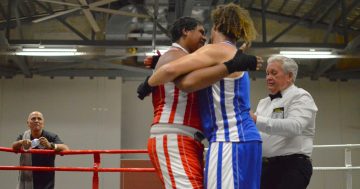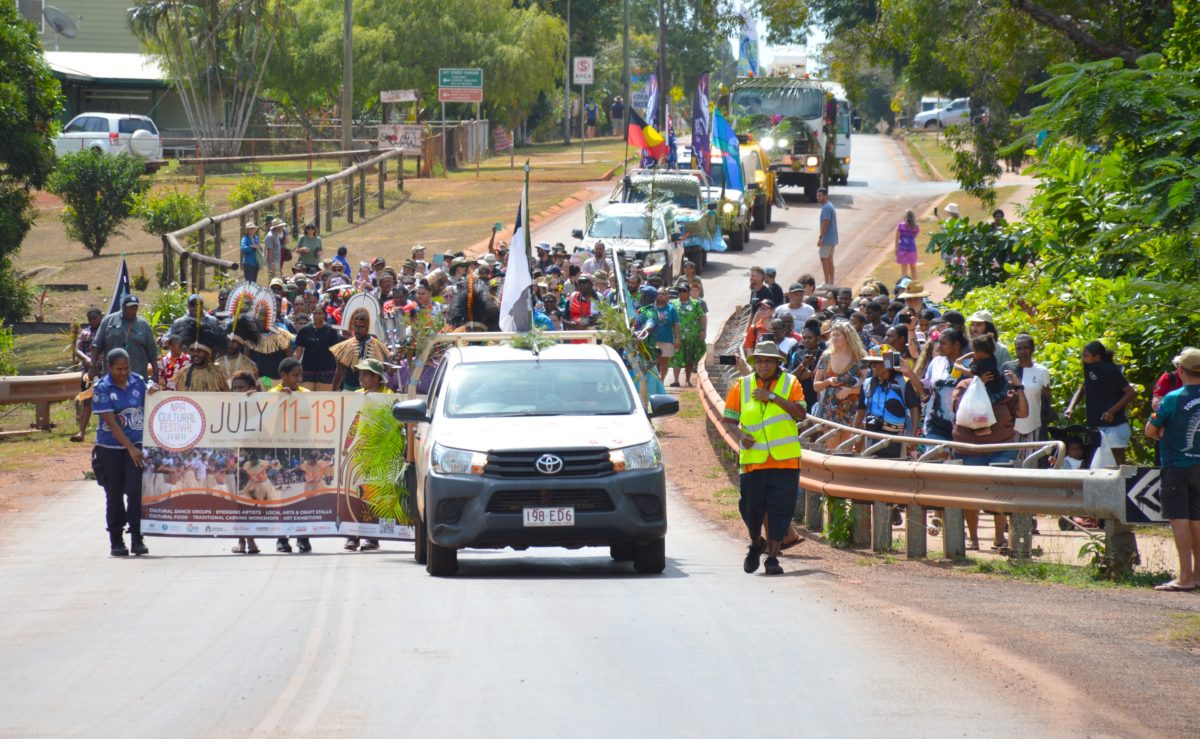
Festivals and other recognition of culture must continue, however, editor Lyndon Keane says the biggest celebration will only come when key stakeholders are held to account about their efforts relating to First Nations communities. Photo: Cape York Weekly.
Organisers and performers should be patting themselves on the back after delivering what was a fantastic Northern Peninsula Area Cultural Festival on 12-13 July.
The biennial event was a vivid, energetic celebration of Aboriginal and Torres Strait Islander heritage and culture, but after speaking to probably hundreds of First Nations people over the two days, it made me realise a true celebration is impossible until key stakeholders are held to task about blatant leadership, service delivery and dissemination failures.
The key stakeholders I’m referring to are the state and federal governments, the Indigenous leaders and service organisations happy to take billions of dollars and deliver nothing tangible in return, Aboriginal and Torres Strait Islander communities unwilling to stand up to these often self-appointed, self-interested representatives, and the media, which, for the most part, has failed to ask the difficult questions and treated First Nations affairs as clickbait folly.
If the health, education, justice and employment chasm – let’s face it, there’s been too much sustained failure to call it a gap anymore – between Indigenous and non-Indigenous Australians is ever going to narrow, government needs to stop throwing money at third parties to provide remote services and support it has no interest in addressing itself. Real leadership and policy development doesn’t mean funding unsuitable entities to do the work and then absolving yourself of any responsibility because you’ve outsourced the problem. Signing the cheques year after year without asking for any real proof it’s translating to positive outcomes on the ground and then arguing you’re meeting your obligations as a key stakeholder is laughable. It’s also stopping any meaningful change in remote Indigenous communities, and is about as appropriate a use of taxpayer funds as stacking the cash in a big pile and setting it alight.
Don’t get me wrong, there are some wonderful Indigenous leaders and community organisations delivering vital advocacy and services, however, you only have to look at any remote First Nations community to see their strong work has been diluted by a battalion of generally self-appointed representatives, spokespeople and institutions more interested in the billions than betterment. When you ask those who fall into the latter category to demonstrate their value to the communities they operate in, you’ll be hit with a barrage of abuse and obfuscation, rather than any response of qualitative or quantitative value.
The media has failed because we refuse to ask the questions that need to be asked to highlight the failings I’ve mentioned, preferring instead to generally regurgitate anything lobbed out in a media release or waffled at a press conference. We’re terrified of inquiring of the aforementioned Indigenous leaders and organisations what positive change they’ve achieved from the waterfall of funding at the risk of being branded racist. Moreover, most newsrooms have developed a penchant for framing Indigenous affairs stories as sensationalised chaos designed to maximise website views and enraged reader rhetoric.
After hearing countless times how disconnected most Indigenous stakeholders are with government and the leadership elite – I was told this same story at least 50 times in the NPA alone on my visit – it’s up to communities to stand together and have an honest conversation about the people – elected or self-appointed – and organisations whose sole, ridiculously well-funded purpose is to improve their quality of life. It’s about responsibility and accountability, and that must start at the grassroots level.
Festivals and celebrations of culture must continue, but a truly collective celebration won’t be possible until we unite to effect genuine change for First Nations communities, and that can’t happen until Indigenous and non-Indigenous Australians stand shoulder to shoulder to hold those in power to account for decades of failed promises, policy and leadership.



